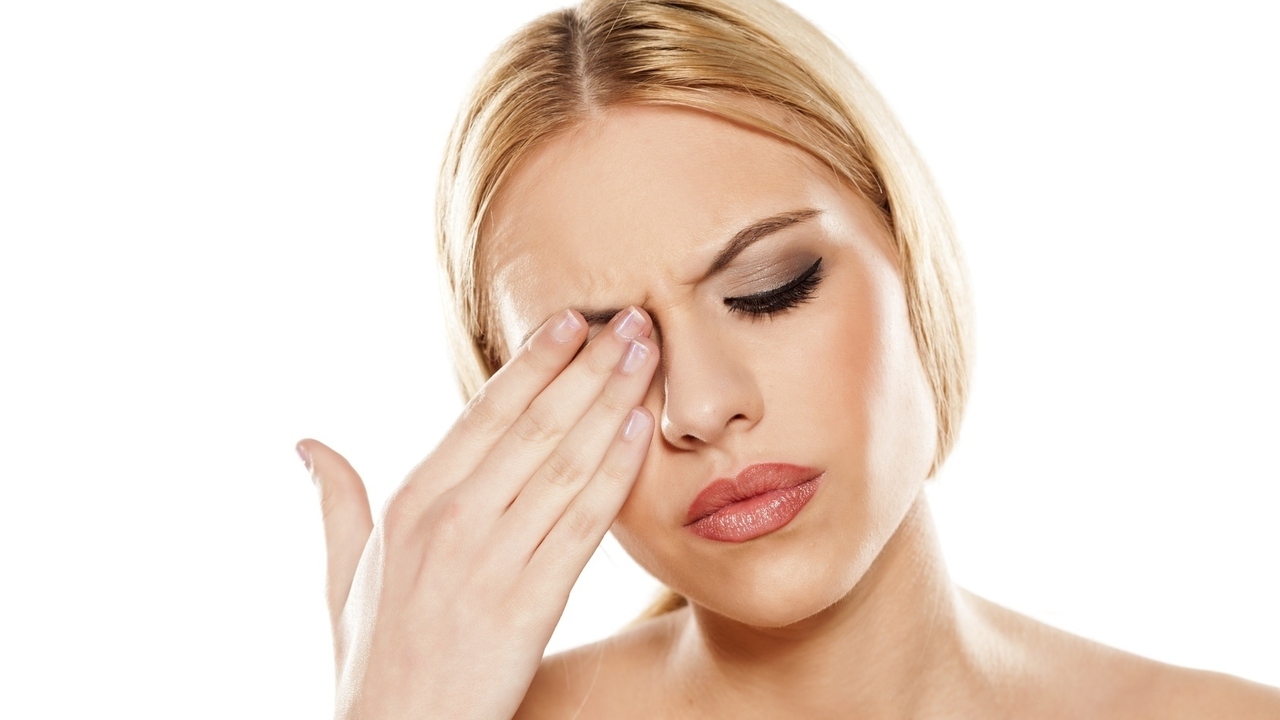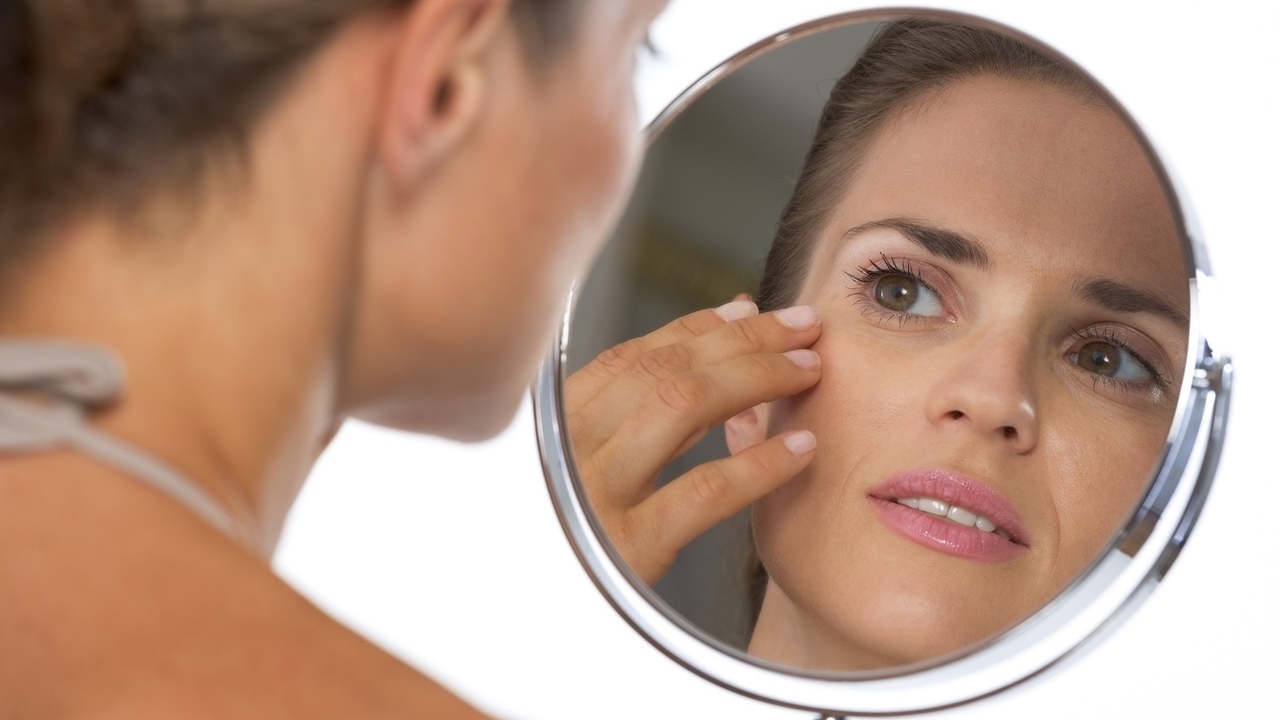“Wear your safety goggles!” I can still hear my college chemistry professor bellowing in the lab. Back then, for a bunch of 18-year-old students, safety goggles were an unwelcome intrusion. I didn't see any danger in most of our work. One exercise involved weighing distilled water to calibrate the pipettes. Distilled water dangerous? No way. Why should I wear those clunky goggles to handle distilled water?
Later I got a summer job at the old Bell Labs. Orientation included a safety lecture about wearing goggles to handle chemicals. Nothing was said about goggles for drilling holes in aluminum. But hey, I was nervous about power tools, so I wore the goggles for drilling. I was not nervous about handling chemicals, so I did not always put on those goggles just for a simple task involving solvents. Familiarity breeds contempt, as the saying goes.
Then one day it happened. I got chloroform in my eye. There was no damage, but I had to spend about 20 minutes at the eyewash fountain and another hour listening to safety lectures. Okay, I converted. For the rest of that summer job, I followed the rules and wore goggles to handle chemicals.
But there was no rule about wearing goggles for drilling, so I stopped. And one day I got a piece of aluminum in my eye while I was lying on the floor, drilling a hole in some laboratory apparatus over my head. Now, I did not want to hear those safety lectures again. So I went to the restroom and removed the aluminum myself and never told my boss.
Much later, I worked in a lab where there was nobody to enforce the goggles rule. By this age I was wearing ordinary glasses for everything but reading. One day, I opened a very small bottle of an expensive, hazardous chemical. The bottle itself had a strange design, something like an eye drop bottle. Out of curiosity, I examined it more closely. I suppose the heat from my fingers vaporized some of the chemical. And the plastic dropper attachment came loose and shot straight toward my left pupil. It hit my glasses. Thank heavens for near-sightedness!
Eye injuries happen so infrequently that we don't generally think about safety eyewear. Nature has provided us with instincts to protect our eyes, and most of the time, that's good enough. But it only takes one penetrating eye injury to cause a great deal of grief. Ordinary eyeglasses provide a great deal of protection, and safety glasses or goggles available at hardware stores provide more.
Any environment with small flying objects such as dirt, sand, sawdust, metal, or chemicals has the potential for eye injury. Sports such as racquetball include larger flying objects that move too fast for our reflexes to fully protect our eyes. Baby fingernails cause a surprising number of eye injuries. When you play with a baby, make sure you either wear glasses or keep your eyes out of range of those little fingers.
My chemistry professor was right: wear safety goggles whenever your eyes are at risk!
Linda Fugate is a scientist and writer in Austin, Texas. She has a Ph.D. in Physics and an M.S. in Macromolecular Science and Engineering. Her background includes academic and industrial research in materials science. She currently writes song lyrics and health articles.




Add a CommentComments
There are no comments yet. Be the first one and get the conversation started!